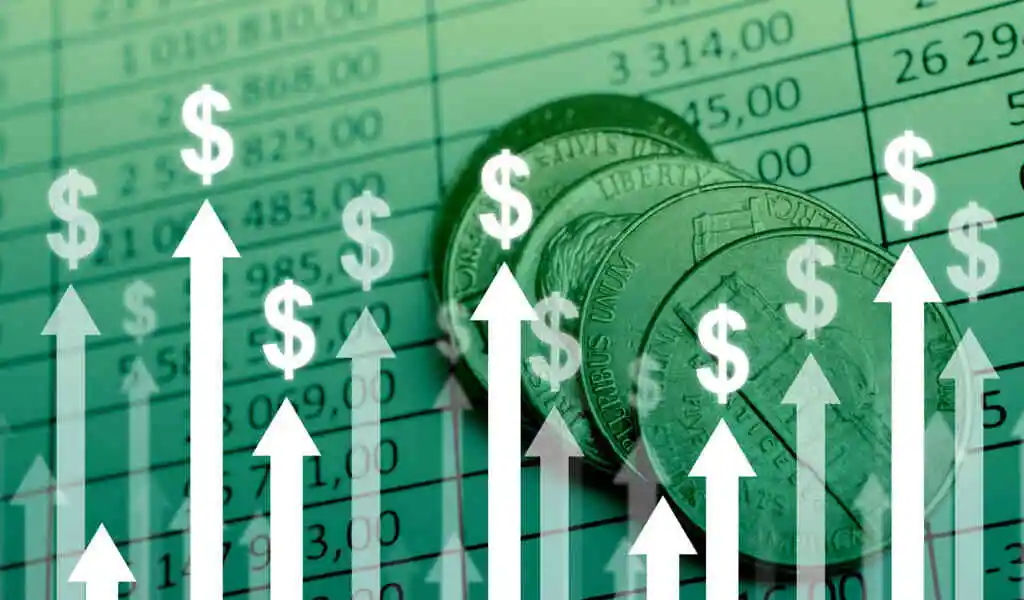Business
US Inflation Slows from 40-year High of 8.3% Last Month

WASHINGTON (AP) — After seven consecutive months of price increases, inflation moderated in April, hinting that prices may have peaked, even as they continue to strain American households.
According to the Labor Department, consumer prices rose 8.3% from 12 months earlier last month. Compared to March, where the increase was 8.5%, this was below the highest increase since 1981.
The increase in prices from March to April was 0.3%, still a high rate but the smallest of the last eight months. As a result of Russia’s invasion of Ukraine, gas prices spiked by 1.2% from February to March.
According to AAA, the national average price of regular gas has reached a record $4.40, although that figure isn’t adjusted for inflation. The main reason is the high price of oil. As of Tuesday, a barrel of U.S. benchmark crude was selling for around $100 per barrel. A gallon of gas cost $4.10 in April, down from $4.32 a month earlier.
Inflation is causing serious political problems for President Joe Biden and congressional Democrats during the midterm election season, with Republicans arguing Biden’s $1.9 trillion financial support package that flooded the economy with stimulus checks, unemployment aid, and child tax credit payments has overheated the economy.
In a statement on Tuesday, Biden called inflation “the No. 1 problem facing families today” and declared it his “top domestic priority.”
As well as the invasion of Ukraine by Russia, Biden blamed chronic supply chain issues for igniting inflation because of the swift economic recovery from the pandemic. As part of his plan, he said the government will reduce its budget deficit and foster competition in a few monopolistic industries, such as the meat industry.
Inflation in the United States could still see new highs in the future due to new disruptions overseas. The price of gas in the United States would likely rise if the European Union decides to cut off Russian oil, for example. The lockdown on COVIDs in China has worsened supply problems and has hurt the world’s second-largest economy’s growth.
There were no persistent signs that inflation in the United States was peaking. August and September saw a slowdown in price increases, which suggested that the higher inflation was only temporary, as many economists and Federal Reserve officials suggested at the time. Jerome Powell, Fed chair, decided to start raising interest rates after prices continued to rise in October.
Several factors, however, point to an inflation peak this time around. Following Russia’s invasion of Ukraine in March, natural gas prices dropped on average in April. This likely slowed inflation. It’s also expected that used car prices dropped last month. The supply chains of automakers have become less rigid, and sales of new vehicles have increased.
Analysts often monitor the core figure to get a sense of underlying inflation, even as food and energy have seen some of the worst price spikes of the past year. Inflation core also tends to rise more slowly than overall price increases and can be slower to decline. There are few signs that this trend will reverse any time soon, including rents, which are rising at a historically fast rate.
The Fed is likely to hike interest rates for the second time in 33 years as a result of the unexpected persistence of high inflation. A half-point increase in the Fed’s short-term rate was the steepest seen in 20 years last week. Powell warned that more rate hikes of this magnitude are likely.
Powell Fed aims to slow the economy enough to slow inflation without causing a recession through a notoriously difficult – and risky – policy. With inflation this high, such a scenario seems unlikely, but it is possible.
Meanwhile, according to some measures, Americans’ wages are growing more rapidly than they have in the past 20 years. The higher wages of these workers allow more people to cope with rising prices. To cover their higher labor costs, employers usually increase prices on their customers, which, in turn, increases inflationary pressures.
The April jobs report for April included data on hourly wages that indicated a slowdown in wage growth, which could contribute to lower inflation this year if it continues.





























